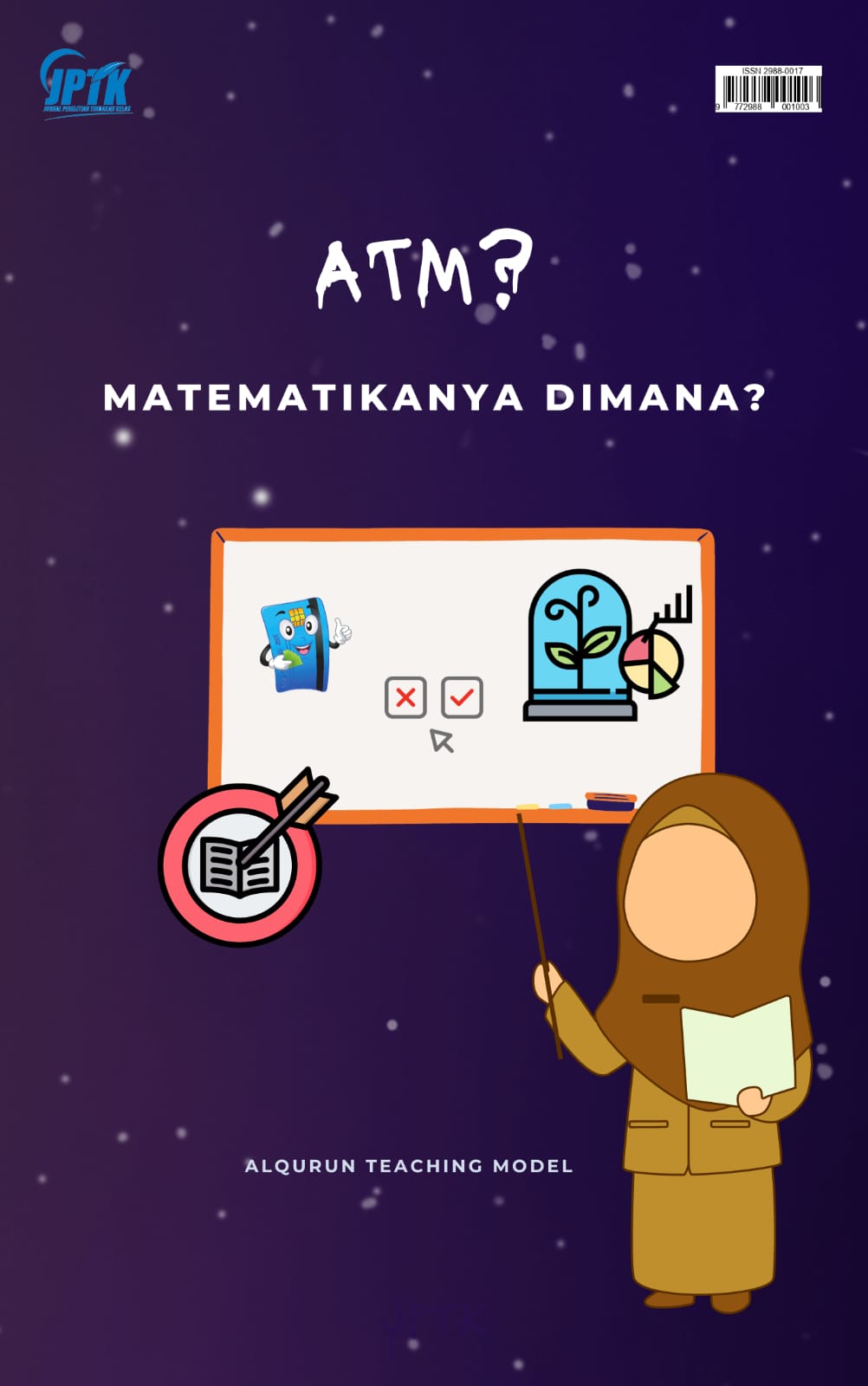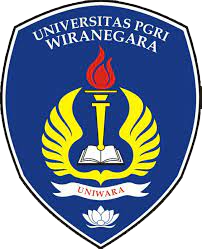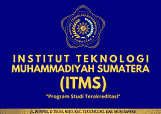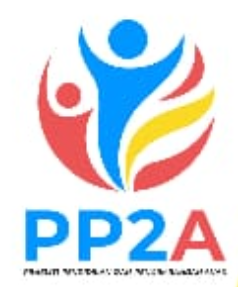ATM sebagai bahan ajar dalam membantu pemahaman bilangan PI siswa SD, matematikanya dimana?
Keywords:
ATM, Bilangan PI, Pemahaman konsep, Siswa Sekolah DasarAbstract
Penelitian ini bertujuan untuk mengevaluasi efektivitas penggunaan media ATM sebagai bahan ajar dalam meningkatkan pemahaman siswa sekolah dasar terhadap bilangan pi. Desain penelitian yang digunakan adalah one-group pretest-posttest pre-experimental. Populasi penelitian terdiri dari 68 siswa kelas lima dari beberapa sekolah dasar, dan sampel dipilih menggunakan metode cluster random sampling. Data dikumpulkan melalui tes tertulis yang dilakukan sebelum dan sesudah intervensi. Hasil penelitian menunjukkan bahwa penggunaan media ATM secara signifikan meningkatkan pemahaman siswa terhadap bilangan pi. Pada pretest, rata-rata skor siswa adalah 60. Setelah menggunakan media ATM dalam pembelajaran, rata-rata skor meningkat menjadi 85 pada posttest. Selain itu, aktivitas belajar siswa juga menunjukkan peningkatan yang signifikan dalam hal keterlibatan dan minat terhadap materi yang diajarkan. Namun, meskipun media ATM efektif dalam mengajarkan bilangan pi, penelitian ini menemukan bahwa penggunaannya belum cukup untuk membantu siswa memahami konsep ilmiah yang lebih kompleks. Hal ini menunjukkan perlunya pengembangan lebih lanjut dan integrasi dengan metode pembelajaran lain untuk memastikan pemahaman yang lebih komprehensif. Penelitian ini memberikan wawasan penting tentang penggunaan media pembelajaran yang inovatif dan menyarankan pentingnya diversifikasi metode pengajaran untuk mencapai hasil belajar yang optimal.
Downloads

Published
How to Cite
Issue
Section
License
Copyright (c) 2023 Jurnal Penelitian Tindakan Kelas

This work is licensed under a Creative Commons Attribution-ShareAlike 4.0 International License.

 Yayasan Assyfa Learning Center (YALC) Pasuruan, Indonesia
Yayasan Assyfa Learning Center (YALC) Pasuruan, Indonesia
















